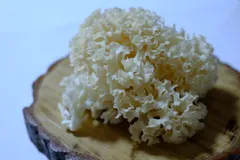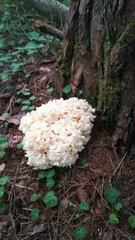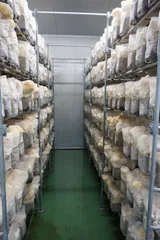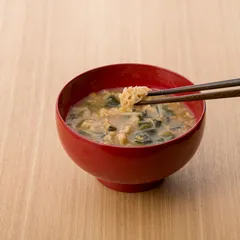Developed Hanabiratake mushrooms produced vitamin D by ultraviolet irradiation, Aiming to launch Japan's first "Eatable Vitamin D" product
Patent filed for cultivation and production method, boosting vitamin D intake from food.
株式会社森の環
Mori no Kan Co. (Head office: Takaoka City, Toyama Prefecture; Representative Director: Katsuyoshi Kasuga), a producer and seller of mycorrhizal mushrooms, filed a patent application on April 30, 2024 for a cultivation and method of producing vitamin D by irradiating Hanabiratake mushrooms with ultraviolet rays. (Patent applicant: NEOVAS Corporation*, patent application number: Patent Application 2024-73824) *Our affiliated company
We have noticed that although no vitamin D is detected in raw Hanabiratake mushrooms, dried Hanabiratake mushrooms, which are dried in the sun, contain a remarkable amount of vitamin D among major foods in Japan (378 micrograms/100g, about 19 times higher than that of dried maitake mushrooms). Utilizing our expertise in mycorrhizal cultivation of Hanabiratake mushrooms, we have succeeded in producing more than 700 micrograms of vitamin D per 100g of Hanabiratake mushrooms by artificially irradiating them with ultraviolet rays. Many Japanese people in today's society are vitamin D deficient, and the company hopes to encourage vitamin D intake through food by using the newly developed Hanabiratake mushroom.
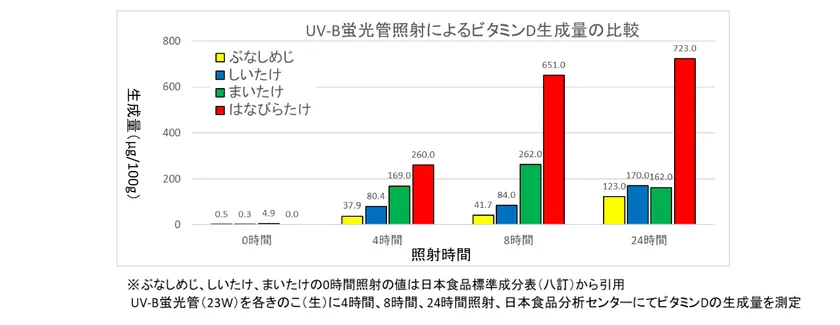
Graph of vitamin D production
According to the Dietary Reference Intakes for Japanese (2020 edition) by the Ministry of Health, Labour and Welfare, the recommended daily intake of vitamin D is 8.5 micrograms for both men and women over 18 years old, while the tolerable upper limit is set at 100 micrograms. To prevent excessive vitamin D intake, we are developing products that provide a daily intake of vitamin D in a single serving by adjusting the time of UV irradiation and the amount of vitamin D in each package.
In the future, we will launch Japan's first* "Eatable Vitamin D" product, a limited-edition product of fresh Hanabiratake mushrooms that produce vitamin D (tentative name: DD Hanabira), as well as "Salad Mushrooms" that can be easily eaten by heating in a microwave for 30 seconds (to be launched in July). We will also strengthen our lineup of freeze-dried products, such as miso soup and soup that provide a daily dose of vitamin D in a single serving.
According to our own research
Trivia about Hanabiratake
1.
Hanabiratake mushrooms grow wild in early autumn in the form of leaf buttons at the base of larch and other coniferous trees in alpine areas at altitudes of over 1,000 m. They are difficult to find and are called "mushrooms of illusion. It is also produced in mycorrhizal beds, but the amount produced is extremely small (less than 0.5% of maitake), and most people do not know about it.
No.2
The vitamin D content of raw hanabiratake is zero, but it is produced when exposed to sunlight (ultraviolet rays), and the amount is the highest among foods.
■No.3
Mushrooms contain high amounts of dietary fiber, vitamins, minerals, and other nutrients, and have long been valued as a health food. Hanabiratake mushrooms contain extremely high levels of beta-glucan and vitamin D. They also contain many nutrients, including a compound called hanabiratakalid, which is unique to hanabiratake.
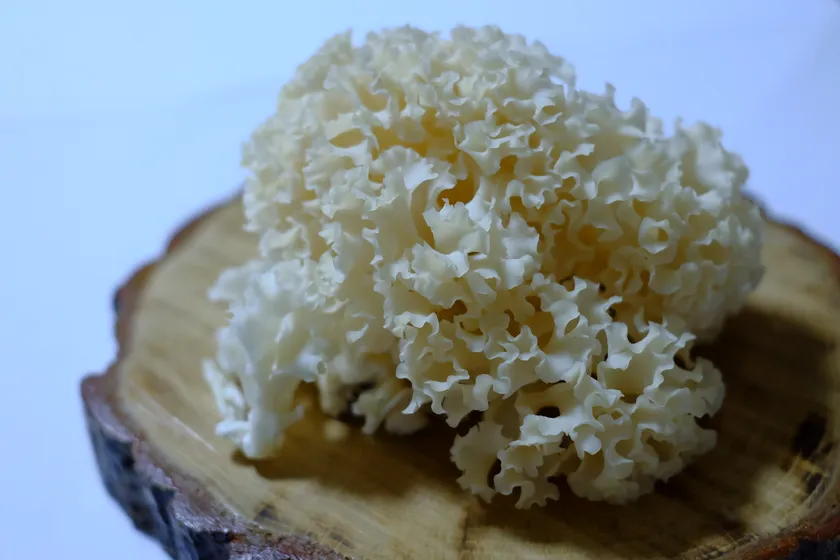
Hanabiratake Mushroom
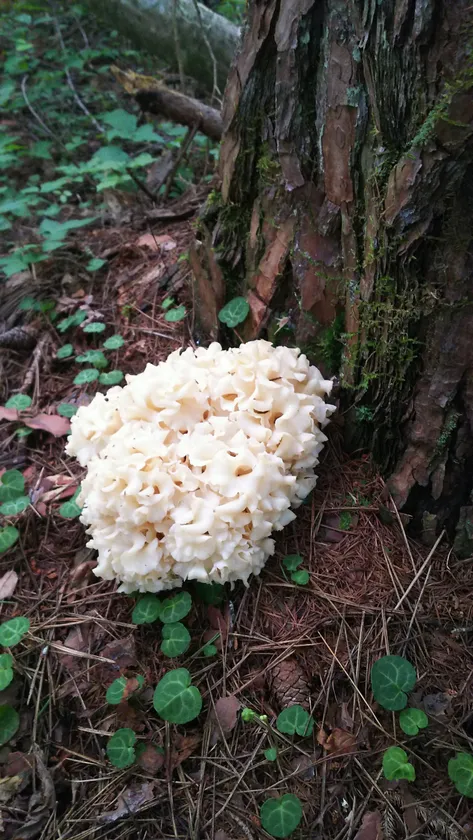
Wild Hanabiratake
About vitamin D, β-glucan, and Hanabiratake Lido
Vitamin D
In addition to being essential for calcium and bone metabolism, vitamin D has recently been shown to improve immunity and allergy symptoms, as well as regulate serotonin, a brain substance that balances the mind and nerves. In addition to intake from foodstuffs, β-glucan can also be produced by exposure to sunlight. However, it is said that 70 to 90% of Japanese people are deficient in β-glucan due to changes in diet and lifestyle, as well as UV countermeasures.
■β-glucan
A type of dietary fiber contained in the cell walls of mushroom fungi and bacteria. It is abundant in mushrooms and is known for its ability to activate the immune system and improve the body's ability to protect itself.
■ Hanabiratake Lide
A substance unique to Hanabiratake. It has a stronger antioxidant effect than vitamin C, and works to remove active oxygen in the body. It is expected to prevent aging and inhibit inflammation in the intestines and joints.
The secret story behind the birth of Hanabiratake
For a long time, we have been producing and selling shiitake mushrooms under an integrated system from the production of mushroom beds, but we started producing kikurage mushrooms as a way to create new value. We also tried to produce Hanabiratake mushrooms, which are said to be a mysterious mushroom, but initially failed to succeed.
After reading an article in "Corona Disaster" that mentioned hanabiratake as a mushroom that boosts the immune system, we changed the seed fungus and tried again, and in October 2020 we began mass production, which has now grown to the highest production in Japan. Currently, the company is also working on the production of "yamabushitake," a mushroom that has been attracting attention for its functionality, but whose production is extremely low.
New 6th Industry (Hanabiratake Processed Foods) Initiatives
While mass production of Hanabiratake mushrooms was achieved, sales volume was sluggish due to a significant barrier to sales because of the extremely low recognition of this mushroom. Those that could not be sold fresh are being dried and stored for use as processed products. To date, we have worked to increase awareness of hanabiratake mushrooms, including OEM production of "Hanabiratake Himi Udon" in collaboration with local Toyama Prefecture products.
In the future, we will continue to engage in a new type of 6th industrialization, in which mushroom production (primary) and product planning and development (secondary) are done in-house, product manufacturing (secondary) is outsourced to specialized manufacturers, and sales (tertiary) are conducted through our own EC and wholesale channels. We will also aim to handle local agricultural and marine products on our own e-commerce site, "Ya-Mangya - Morinowa".
Current Hanabiratake products and future development products
We will continue to develop products based on the basic concept of "eating vitamin D" and "medicine and food as the same source," which can be easily obtained through daily meals.
Currently, we are selling "Hanabiratake Mushroom Miso Soup" and "Hanabiratake Mushroom Japanese Style Soup". From now on, three types of miso soup and one type of soup will be sequentially marketed, bringing the product lineup to a total of six types by the end of the year.
■"Hanabiratake Mushroom Tsukudani" made in Shodoshima is available in two varieties: ginger and botan kosho. In addition, under the supervision of Momoyo Taniguchi, a yakuzen cuisine researcher, we are developing a yakuzen Hanabiratake "gohan no otomo" (rice bowl) produced by Tonami Shoyu Co.
We will add freeze-dried Hanabiratake mushrooms to our current lineup of products, which are easier to use, and we will continue to develop snack products as well.
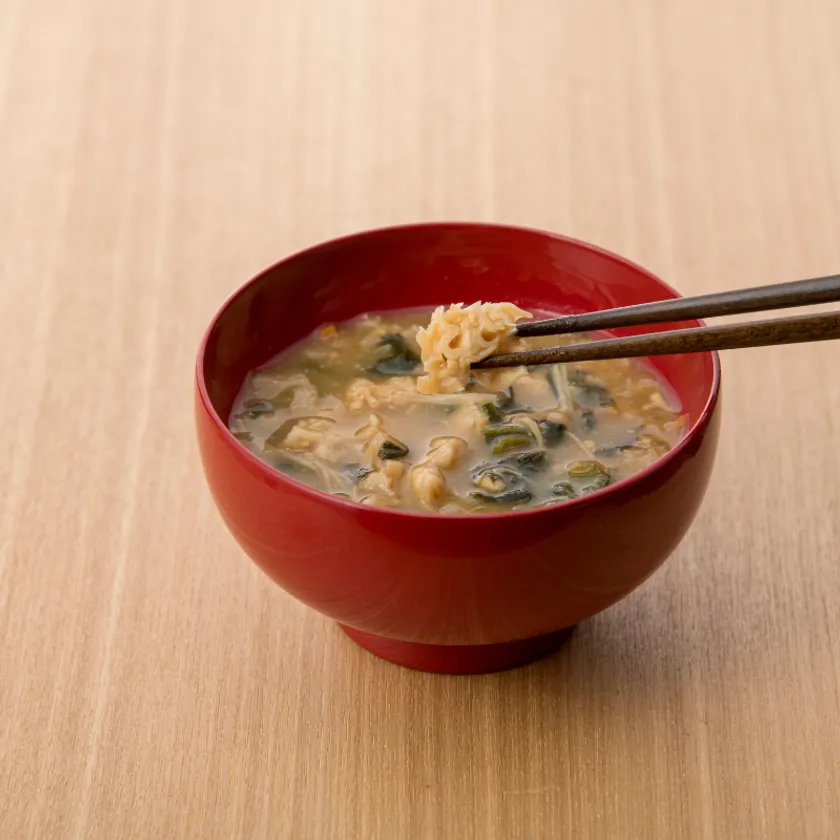
Hanabiratake Mushroom Miso Soup
About Morinowa Co.
Morinowa aims to take recycling-oriented agriculture one step further under the slogan "We will continue to create new value in agriculture and contribute to hearty food and the health of the earth.
Company Profile
Company name: Morinokan Co.
Head Office: 1239-55 Asitsuke, Takaoka City, Toyama Prefecture
Representative Director: Katsuyoshi Kasuga
Business activities: Production and sales of mushrooms on fungus beds
Establishment : December 1967
Web media "Hanabiratake Library" : https://www.hanabiratake-morinowa.com/
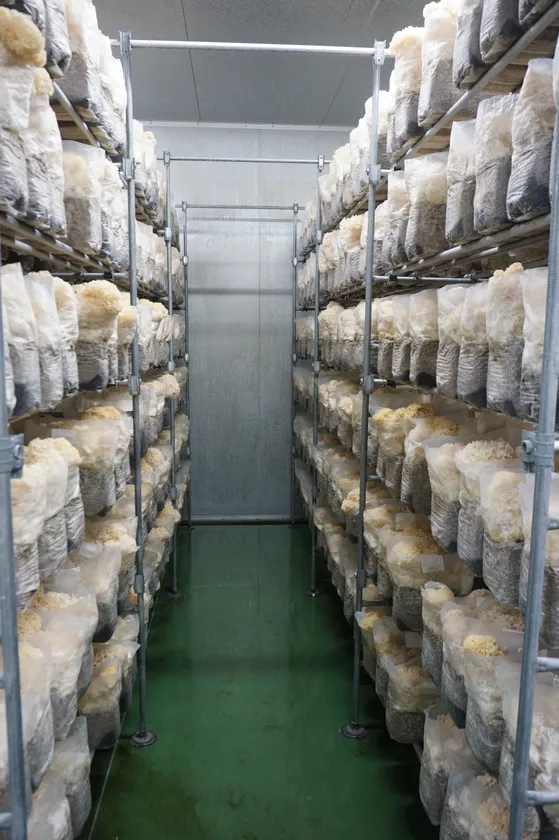
Cultivation of Hanabiratake
- Category:
- Technology & Development
